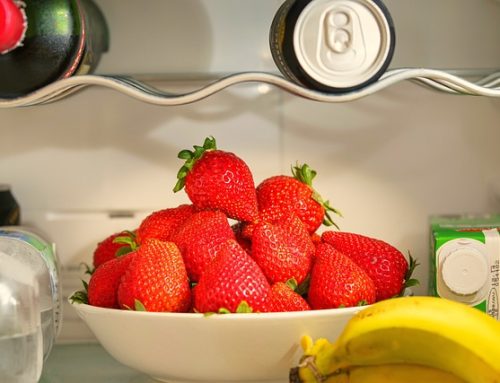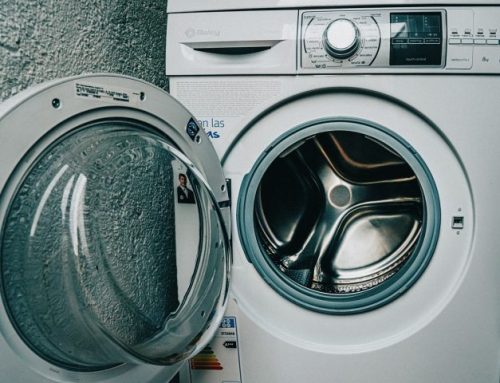 In our previous posts we have written about the dangerous chemicals containing in common household cleaning supplies such as all purpose cleaners, oven, glass and bathroom cleaning products etc. We have also added a few green and safe recipes to replace these dangerous cleaning products. You can read the previous post here and here. This week we continue our series with analyzing polishing products, enzyme cleaners and air fresheners.
In our previous posts we have written about the dangerous chemicals containing in common household cleaning supplies such as all purpose cleaners, oven, glass and bathroom cleaning products etc. We have also added a few green and safe recipes to replace these dangerous cleaning products. You can read the previous post here and here. This week we continue our series with analyzing polishing products, enzyme cleaners and air fresheners.
Furniture Polish
Furniture polishes cause irritation if they contact the skin. Many brands contain nerve-damaging flammable petroleum distillates, which are dangerous if swallowed. Some products contain formaldehyde, which is a suspected carcinogen. Spray furniture polishes can be easily inhaled and damage lung tissue.

The Alternatives:
For wooden furniture polishing and dust cleaning, take 1/2 cup olive oil and 1-2 drops lemon juice and mix well in a small bowl. Apply with a clean cloth, and if the surface is remains too greasy, wipe with paper towel. Another option is to search for products, which doesn’t contain solvents and use plant-based oils as the active polish.
Metal Polish
Metal polishes often contain ammonia, which is irritating for respiratory ways, eyes and skin. These products can also contain nerve-damaging petroleum distillates.
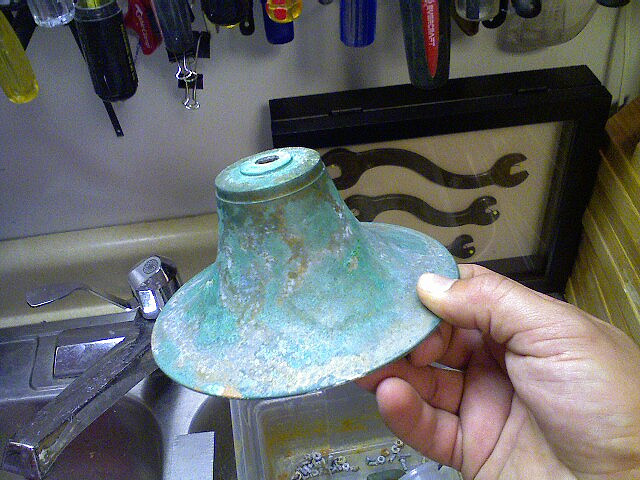
The Alternatives:
Instead of using commercial product, try polishing your silverware with toothpaste to remove tarnish. For copper items, dissolve salt in lemon juice or white vinegar and rub gently with a cotton cloth; rinse with distilled water. Brass items may be cleaned, by scrubbing them gently with a paste, prepared from 1 cup white flour, 1 teaspoon salt and 1 cup white vinegar.
An old-fashioned method for polishing silverware is putting tarnished items in warm water with aluminum foil, white vinegar and baking soda (instructions in the video below).
Aerosols and Air Fresheners
Air freshener is one of the most dangerous household products. We associate the fresh smell with cleanliness and purchase this dangerous chemical cocktail, although it is not exactly a cleaning product. Avoid using deodorizer blocks containing para-dichlorobenzene – a carcinogenic ingredient found in moth repellents. Synthetically fragranced air fresheners, especially those in aerosol form can trigger various allergies and cause other health issues.
Sprays release tiny droplets of the product that are easily absorbed into the body, through skin and respiratory system. Fresheners propellants (usually propane and butane) are flammable. Fragrances containing in air fresheners can provoke asthmatic and allergic reactions in sensitive organisms – little children, elderly people and pregnant women are among the most endangered group.
Spray air fresheners can be linked to other, less obvious, yet dangerous health effects. Researchers at Bristol University published a study in September 1999, and recommended caution in using air fresheners and aerosols. 14,000 pregnant women were object of their survey. Scientists found that in homes where air fresheners and aerosols were frequently used, pregnant women suffered more from headaches and infants under 6 months had more ear infections. Another concern is that small children are often tempted to taste air freshening products that smell like candy or fruit.
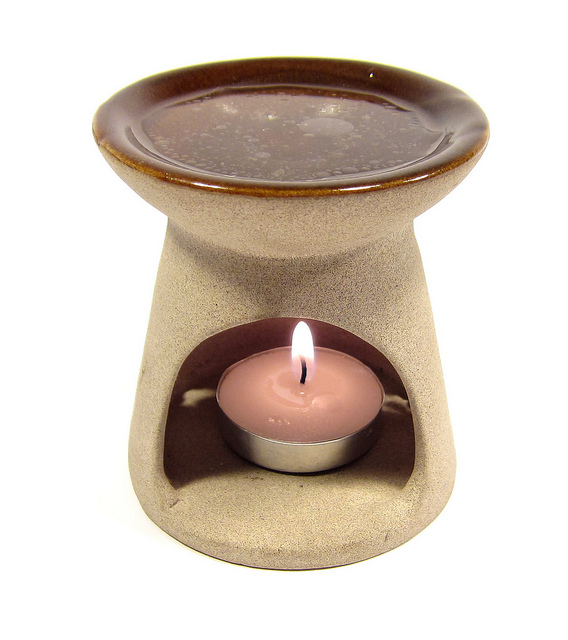
The Alternatives:
To clear air from unpleasant odours, open windows more often, use fans and make steps in improving indoor ventilation. You can prepare your own air freshener by mixing half cup of baking soda with 10-15 drops of your favourite essential oil into a jar. Stir well and cover with piece of fabric and tighten it using rubber band or thread. The oil will slowly evaporate releasing fresh odour into the air.
Baking soda is good at absorbing bad odors. Peels of citrus fruits freshen the air. Wooden cedar blocks, sachets of natural dried flowers and herbs and pure essential oils provide gentler fragrance.
Enzyme Cleaners
Enzymes are proteins, produced naturally by all living organisms to speed up various chemical reactions. Cleaning products make use of enzymes to break down the chemicals in specific targets: proteases break easily protein stains, lipolases destroy lipid or fat stains, and amylases work well on carbohydrate-based stains and starch.
Although enzyme cleaners are considered safe, allergy sufferers should avoid using them on carpets and rugs, as the enzymes get trapped in the carpet fibers when cleaning and lead to prolonged exposure to this residues. You should be aware that some enzyme-based cleaners still contain the same harsh chemicals, surfactants, and preservatives found in other commercial cleaners, so be sure to read the label carefully.
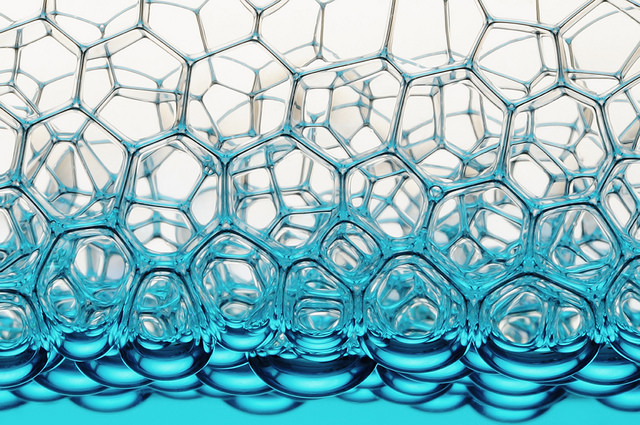
The Alternatives:
If you are allergic to enzyme cleaners you can always rely on this good old-fashioned method – soaking the stain in warm water for a few hours and some elbow grease when cleaning the spot. We from KTMA Ltd. can always lend a helping hand with your domestic cleaning chores.



